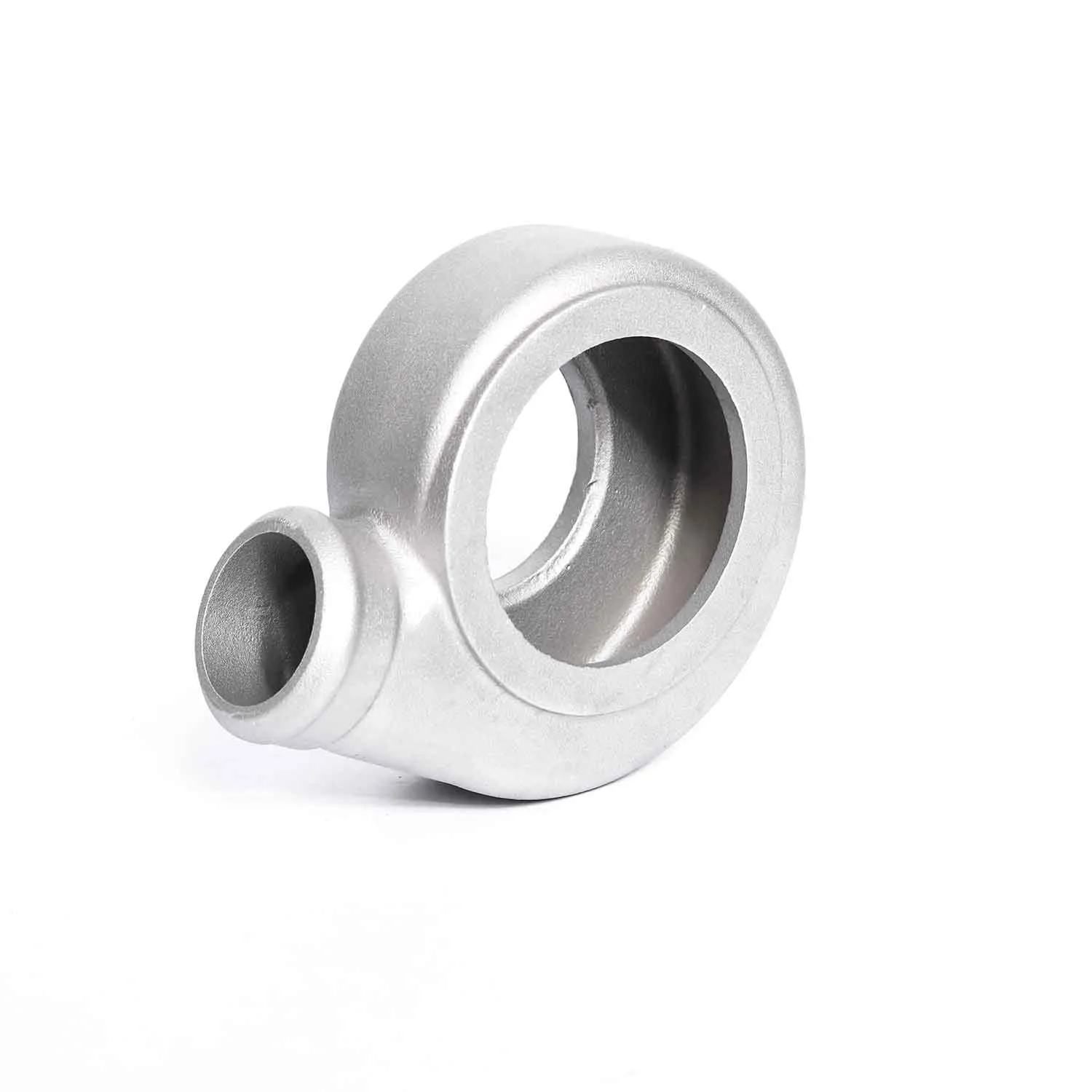Mobile:+86-311-808-126-83
Email:info@ydcastings.com
cast metal sand
Understanding Cast Metal Sand A Key Component in Foundry Operations
Cast metal sand plays a vital role in the foundry industry, serving as a critical material in the manufacturing of metal castings. This specialized sand is used to create molds for casting various metals, which are then used in countless applications, from automotive parts to intricate engineering components. In this article, we will explore the properties, types, benefits, and applications of cast metal sand in the casting process.
Properties of Cast Metal Sand
The primary characteristic of cast metal sand is its ability to withstand high temperatures without losing its structural integrity. This property is crucial, as the sand must retain its shape when molten metal is poured into the mold. Additionally, cast metal sand typically possesses good permeability, allowing gases to escape during the pouring process, which prevents defects in the final cast. Moreover, it should be chemically stable and not react with the molten metal.
Types of Cast Metal Sand
There are several types of sand used in metal casting, each with specific properties suited for different applications. The most commonly used type is silica sand, known for its high fusion temperature and availability. Another type is resin-coated sand, which tends to offer better surface finish and strength due to the resin binder that helps the sand grains adhere more strongly. Other options include clay-based sands, which are often used for creating complex shapes, and ceramic sands, which provide excellent thermal properties and can be used for high-performance applications.
cast metal sand

Benefits of Cast Metal Sand
Using cast metal sand provides numerous advantages. Firstly, it is a cost-effective solution for producing metal castings, making it accessible even for small-scale foundries. Secondly, it allows for complex geometries and fine details in castings, which would be challenging to achieve with traditional methods. Furthermore, the ability to recycle used sand enhances its sustainability, as many foundries adopt environmentally friendly practices by reusing sand multiple times.
Another significant benefit of cast metal sand is its adaptability. Foundries can modify the composition and properties of the sand mixture according to the specific requirements of the metal being cast, leading to improved quality control and reduced defects in the final product.
Applications of Cast Metal Sand
The applications of cast metal sand are extensive, spanning various industries. In the automotive sector, it is used for producing engine blocks, transmission housings, and other essential components. Additionally, the aerospace industry relies on sand casting for producing lightweight yet durable parts that can withstand extreme conditions. Moreover, machinery, plumbing fixtures, and artistic sculptures often utilize cast metal sand to achieve desired shapes.
In conclusion, cast metal sand is an essential material in the foundry industry, offering a combination of heat resistance, adaptability, and cost-effectiveness. As technology advances, innovations in cast metal sand formulations and foundry practices continue to enhance its utility, opening up new possibilities for metal casting across various sectors. The ongoing development in this field promises to make metal casting even more efficient and sustainable, ensuring that cast metal sand remains a cornerstone of modern manufacturing processes.
-
Why Should You Invest in Superior Pump Castings for Your Equipment?NewsJun.09,2025
-
Unlock Performance Potential with Stainless Impellers and Aluminum End CapsNewsJun.09,2025
-
Revolutionize Your Machinery with Superior Cast Iron and Aluminum ComponentsNewsJun.09,2025
-
Revolutionize Fluid Dynamics with Premium Pump ComponentsNewsJun.09,2025
-
Optimizing Industrial Systems with Essential Valve ComponentsNewsJun.09,2025
-
Elevate Grid Efficiency with High-Precision Power CastingsNewsJun.09,2025











